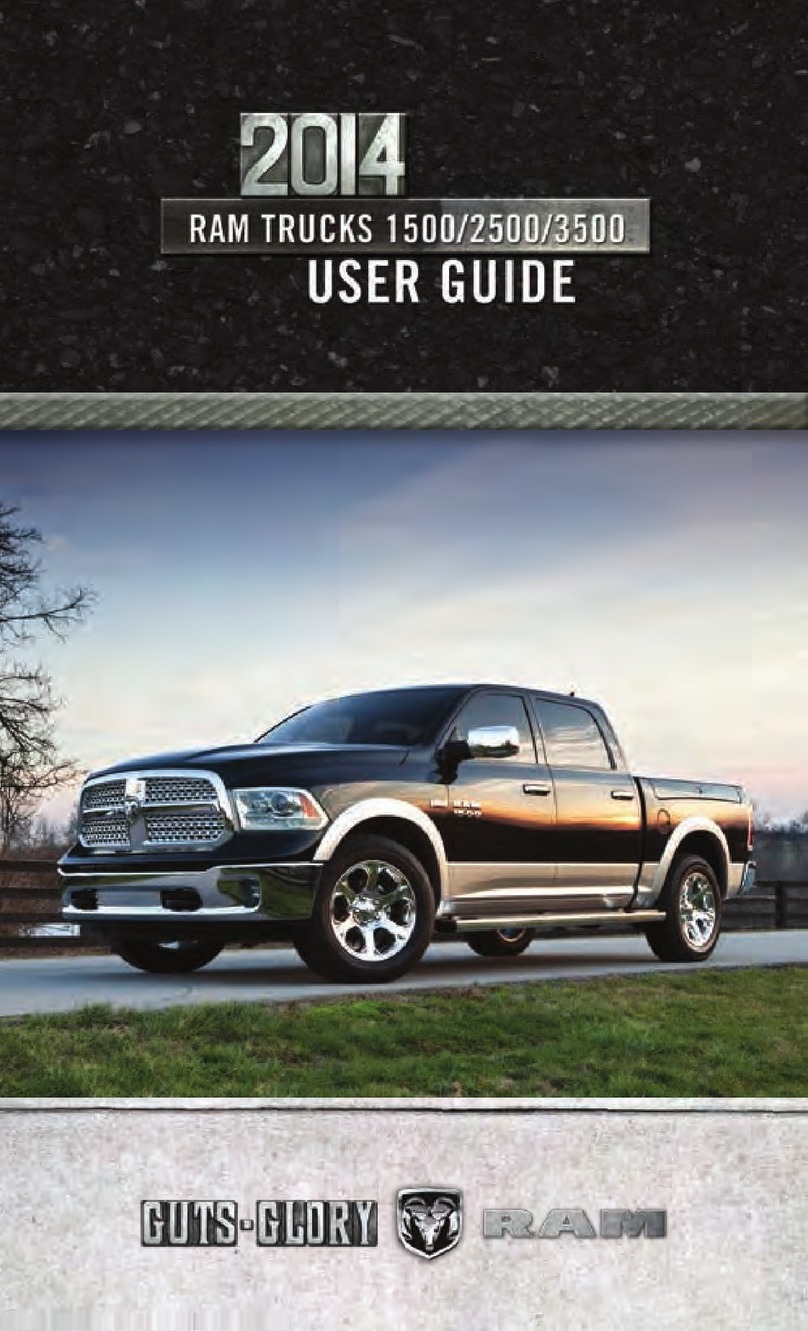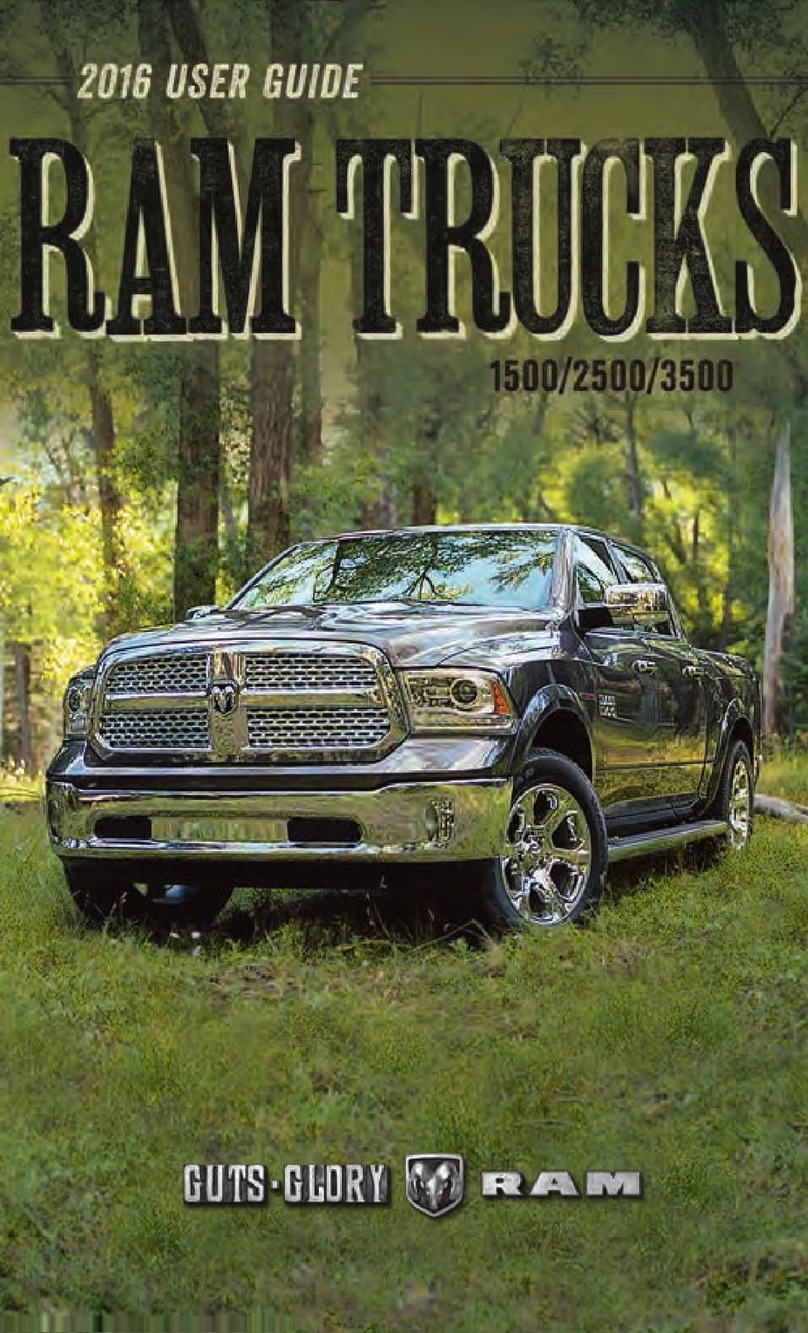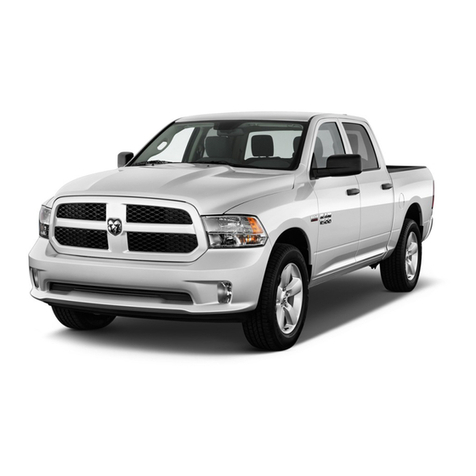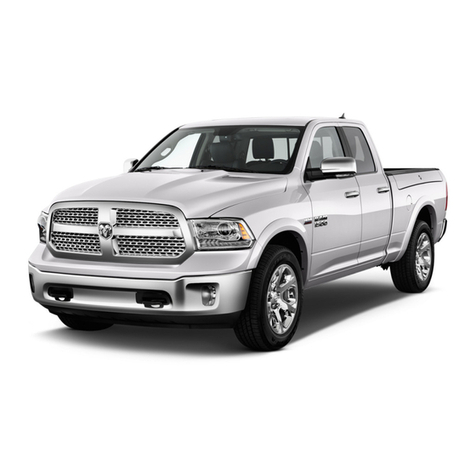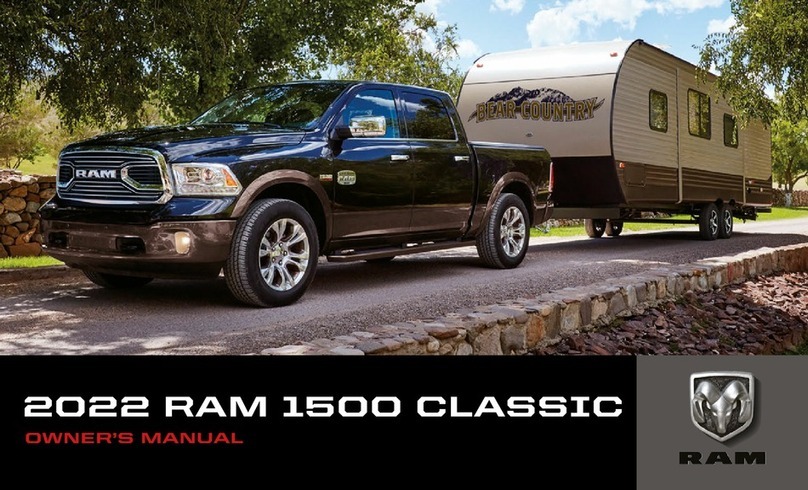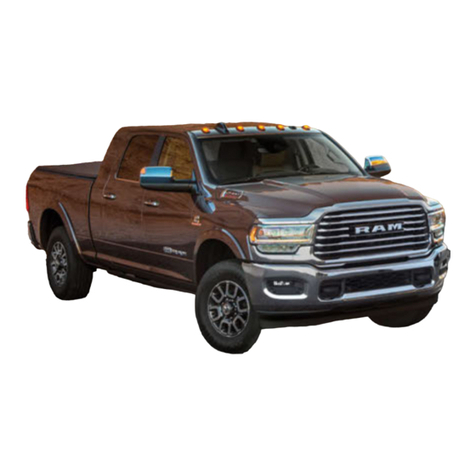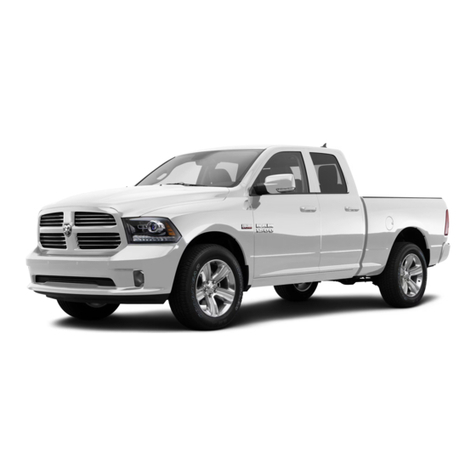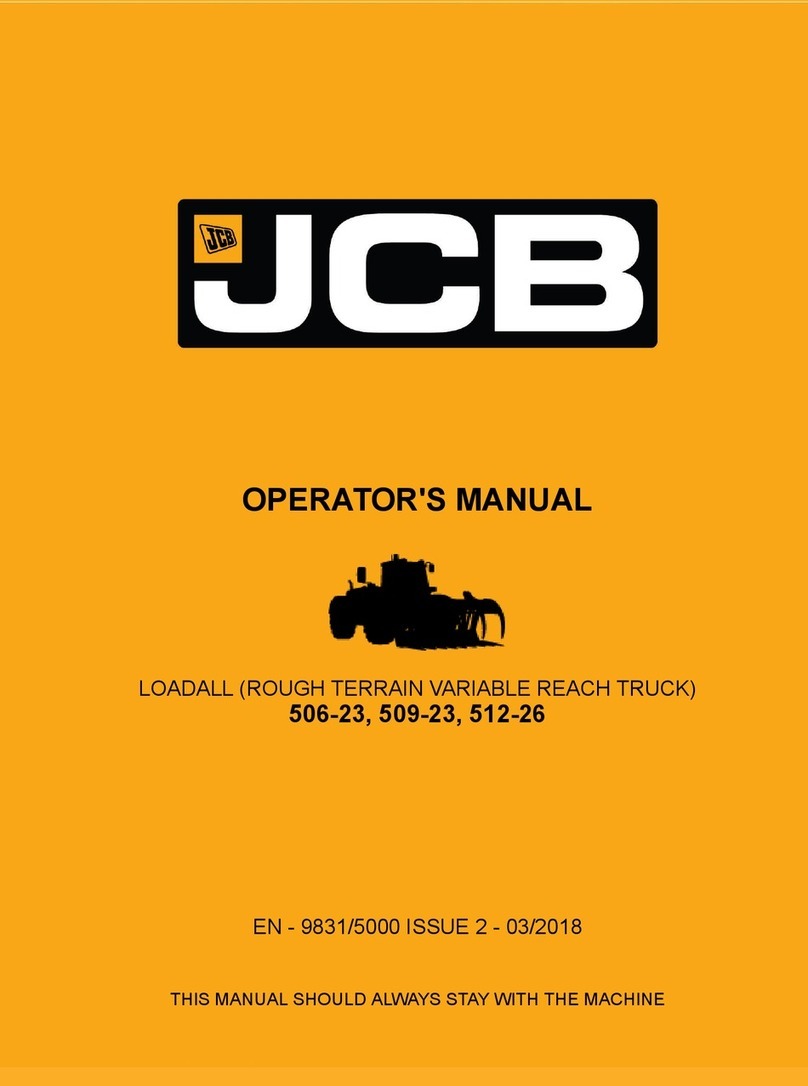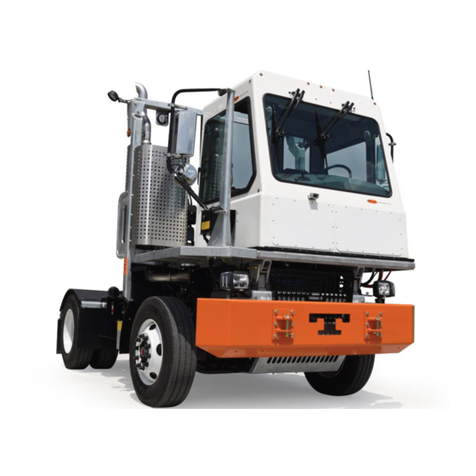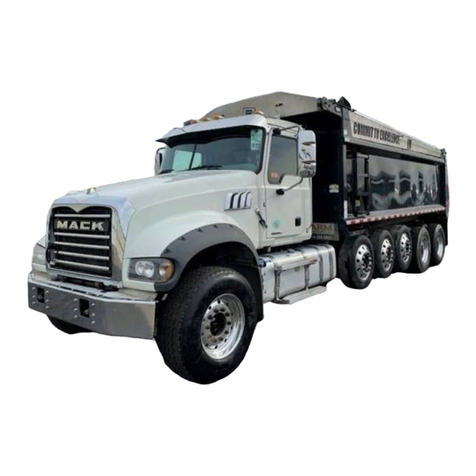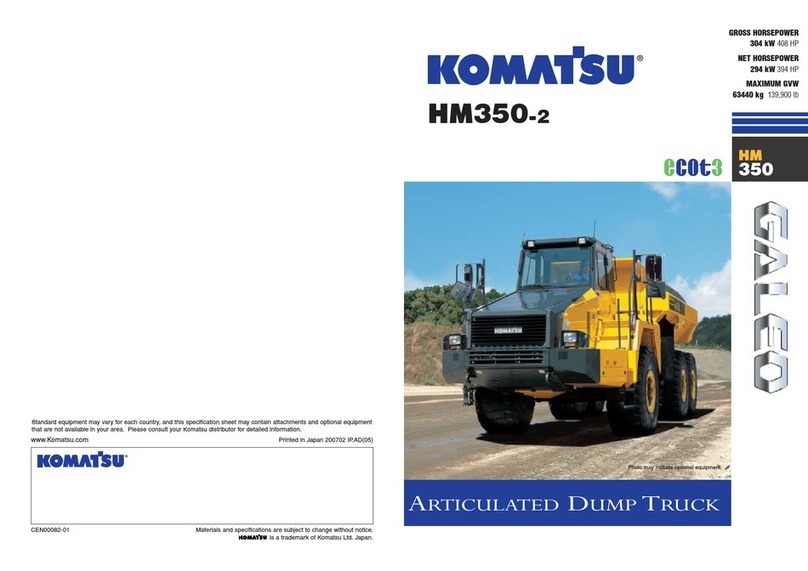
INTRODUCTION/WELCOME
WELCOME FROM CHRYSLER
GROUP LLC ..................3
CONTROLS AT A GLANCE
DRIVER COCKPIT ..............6
INSTRUMENT CLUSTER ..........8
GETTING STARTED
KEYFOB ...................10
KEYLESS ENTER-N-GO™ .........11
REMOTE START ..............13
THEFT ALARM ...............13
SEATBELT ..................13
SUPPLEMENTAL RESTRAINT
SYSTEM (SRS) — AIR BAGS .......14
CHILD RESTRAINTS ............15
FRONT SEATS ................20
HEATED/VENTILATED SEATS .......22
HEATED STEERING WHEEL ........23
TILT STEERING COLUMN .........24
OPERATING YOUR VEHICLE
ENGINE BREAK-IN
RECOMMENDATIONS ...........25
TURN SIGNALS/WIPER/WASHER/
HIGH BEAMS LEVER ............26
HEADLIGHT SWITCH ............27
SPEED CONTROL ..............28
EIGHT–SPEED AUTOMATIC
TRANSMISSION — IF EQUIPPED ....29
ELECTRONIC RANGE SELECT (ERS)
OPERATION .................30
AIR SUSPENSION SYSTEM ........32
MANUAL CLIMATE CONTROLS
WITHOUT TOUCH-SCREEN ........34
MANUAL CLIMATE CONTROLS
WITH TOUCH-SCREEN ...........35
AUTOMATIC CLIMATE CONTROLS
WITH TOUCH-SCREEN ...........36
PARKSENSE
®
REAR PARK ASSIST . . . 37
PARKVIEW
®
REAR BACK-UP
CAMERA ...................38
TIRE PRESSURE MONITOR SYSTEM
(TPMS) – 2500 MODELS ONLY ......38
POWER SLIDING REAR WINDOW ....39
POWER SUNROOF .............40
WIND BUFFETING .............41
ELECTRONICS
YOUR VEHICLE'S SOUND SYSTEM . . . 42
IDENTIFYING YOUR RADIO ........44
Uconnect
®
Access (AVAILABLE ON
Uconnect
®
8.4A AND Uconnect
®
8.4AN)
(IF EQUIPPED) ................45
Uconnect
®
3.0 ................54
Uconnect
®
5.0 ................56
Uconnect
®
8.4A ...............62
Uconnect
®
8.4AN ..............79
STEERING WHEEL AUDIO
CONTROLS ..................97
ELECTRONIC VEHICLE
INFORMATION CENTER (EVIC) .....98
PROGRAMMABLE FEATURES .......98
UNIVERSAL GARAGE DOOR OPENER
(HomeLink
®
) ................101
POWER INVERTER ............103
POWER OUTLETS ............104
OFF-ROAD CAPABILITIES
FOUR WHEEL DRIVE OPERATION . . . 105
UTILITY
TONNEAU COVER .............108
EASY-OFF TAILGATE ...........108
PICKUP BOX ................109
RAMBOX
®
..................110
TOWING & PAYLOAD ...........114
TOW/HAUL MODE ............116
INTEGRATED TRAILER BRAKE
MODULE ..................116
RECREATIONAL TOWING
(BEHIND MOTORHOME, ETC.) .....118
DIESEL
DIESEL ENGINE BREAK-IN
RECOMMENDATIONS ...........120
DIESEL ENGINE STARTING
PROCEDURES ...............120
DIESEL EXHAUST BRAKE
(ENGINE BRAKING) ...........121
IDLE-UP FEATURE (AUTOMATIC
TRANSMISSION ONLY) .........122
ENGINE MOUNTED FUEL
FILTER/WATER SEPARATOR .......123
UNDERBODY MOUNTED FUEL
FILTER/WATER SEPARATOR .......124
ADDING FUEL – DIESEL ENGINE
ONLY .....................125
EXHAUST REGENERATION .......125
COOL-DOWN IDLE CHART ........127
DIESEL EXHAUST FLUID ........127
WHAT TO DO IN EMERGENCIES
ROADSIDE ASSISTANCE .........130
INSTRUMENT CLUSTER WARNING
LIGHTS ...................130
IF YOUR ENGINE OVERHEATS .....134
JACKING AND TIRE CHANGING ....135
JUMP-STARTING .............148
EMERGENCY TOW HOOKS .......150
SHIFT LEVER OVERRIDE ........150
TOWING A DISABLED VEHICLE ....153
FREEING A STUCK VEHICLE ......154
EVENT DATA RECORDER (EDR) ....155
TABLE OF CONTENTS
